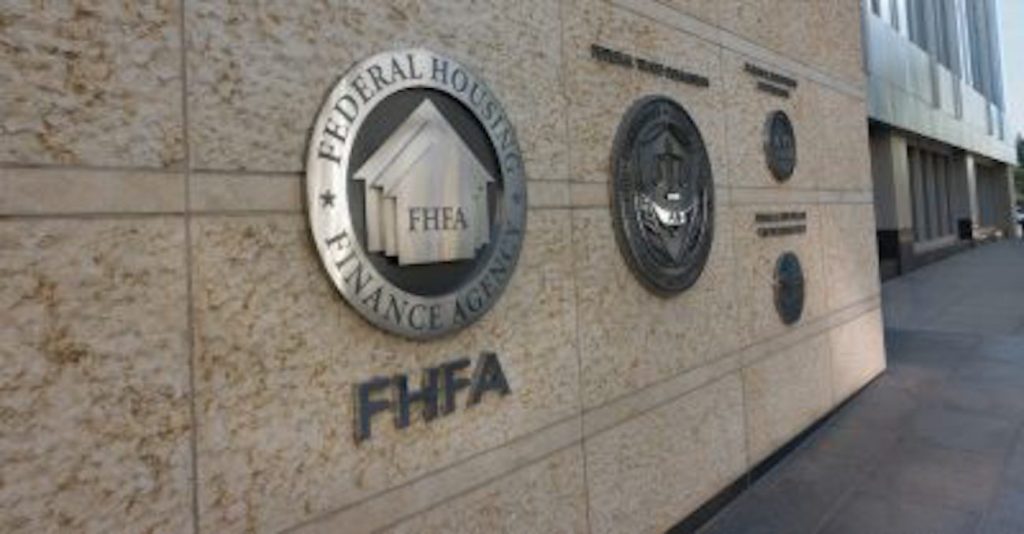I am going to be controversial here. The GSEs have become more aggressive in their levels of buybacks with lenders. I say this without the benefit of the specific data, and I would love to see some from Fannie Mae and Freddie Mac, or the FHFA, but in the absence of that, I have interviewed a wide variety of lenders, all IMBs, and the feedback is consistent.
Lenders are mad. They feel like the GSEs are not being consistent with commitments made in recent years about materiality and options for remediation. And they fear retribution if they make these points, so instead they simply engage with their respective GSE each month to try to get them to take back the repurchase requirement on this loan or that loan. It’s a loan-by-loan drudgery that takes staff time and adds costs to a lender’s bottom line.
At a time when the customers of Fannie Mae and Freddie Mac are losing money, or barely breaking even, the GSEs are having a heyday. As was reported last week in Inside Mortgage Finance for example, “Freddie Mac racked up $2.94 billion in net income in the second quarter, up 41.0% from the first quarter and 20.0% from the same period last year. This marks the enterprise’s fourth consecutive quarter of increasing profits, which reached their highest level since the first quarter of 2022.”
When considering the buyback frustration, it is unsettling when it is stated in the earnings press coverage that, “The resulting increase in homeowner equity allowed Freddie to release $537 million in loss reserves in 2Q23. That’s compared to a $395 million provision for credit losses in the prior quarter and a $307 million provision a year ago.” In other words, the portfolio is stronger but they are kicking back more loans to lenders — more than has been seen in many years.
In speaking to lenders, the feedback was consistent. They believe that both GSEs changed their sampling methodology for quality control review earlier this year with specific focus on nonbank originators. Why would the GSEs focus on IMBs? It’s rumored that this more aggressive posture is because they are concerned about potential failures of some of their customers during these tough times and therefore they would lose their counterparty to warranty defects on loans should they go to default.
Banks, in their view, are less risky and therefore the need to force buybacks on them is less. In fact, it is rumored that some banks are given options to simply indemnify defective loans found in the QC process, where for nonbanks the only option is repurchase.
If true, the unfairness of this entire scheme is disconcerting. The GSEs are posting ever-increasing profits in the billions of dollars while their customers are struggling to make it through this higher-rate environment. That environment was driven entirely by actions of the federal government by first overstimulating the economy during the COVID crisis and then correcting for it, or perhaps over-correcting, in the current time frame.
What’s even more incredible is that approximately 80% of loans being sold to the GSEs, which are driving their massive profit surge, is coming from the IMB community. But by their own actions the GSEs are only contributing to the financial burden that these companies face.
Nonbanks that try to re-sell the repurchased loans are faced with massive discounted pricing as the loans are not only “scratch and dent” but most are at far discounted rates compared to today’s market. This is like a king in a castle robbing the farmers who toil the soil to bring them food and taxes. At face value, it appears aggressive.
Years ago, the MBA, lenders, and other groups reached terms with the GSEs and FHFA about the rep and warrant challenges. It was agreed that lenders that intentionally commit fraud or misrepresentation should not be spared. It added that “fat finger” defects, mistakes that seem to happen over and over again regardless of intent, would also not be forgiven. Even violations of materiality, meaning the loan would never have been made if these defects had been disclosed, might cause repurchase.
But there was also an acceptance of what the lender knew or could have known at time of origination. There were alternatives to repurchase for less egregious defects other than repurchase. But all of this seems to have been forgotten.
Lenders tell me they are seeing repurchase demands for appraisal errors, for miscalculation of income (usually self-employed or variable income over time) and more. But whatever the reason there is one common reality: The volume of repurchase demands is up and this is adding financial stress and increasing counterparty risk to the GSEs at a time when their earnings say that credit risk is declining, in fact it was the key contributor to Q2 earnings.
Jaret Seiberg of TD Cowen released a report this week that leads with, “Housing: could Washington trigger a mortgage credit crunch?” Never was there a more timely report from Seiberg. His opening statement says it all, “Our worry is that Washington policy changes could contribute to a mortgage credit crunch in the coming years as banks face capital challenges and a tougher economic environment, while the government appears unlikely to take key steps to ensure non-banks will remain key providers of mortgage credit.”
In his report he calls for expansion of Federal Home Loan Bank (FHLB) access for IMBs, which would improve their liquidity.
The irony here is extraordinary. The GSEs, with the assumed support of FHFA, is increasing risk to their IMB customers by implementing what appears to be a far more non-negotiable buyback policy while at the same time reaping massive profits in the billions — billions — from these same customers.
The irony continues in that a key contributor to earnings was reducing loan loss reserves due to higher equity and loan quality, yet they are saddling lenders — their customers — with repurchase demands.
Finally, as Seiberg points out, the GSEs and FHFA may be unintentionally piling onto the credit contraction that may get worse due to the list of items in his report combined with the lack of solutions such as FHLB membership modifications.
I come at this issue with the benefit of having run the single family business at Freddie Mac, being on the President’s Housing Team during the Great Recession where we looked at GSE policies that could help or hurt the market, and as the former CEO of the MBA.
I have interviewed a large number of customers of the GSEs who want to remain nameless as they fear retribution from these critically important companies. And while I am certain that groups like the MBA and others are approaching this with the usual decorum that helps them succeed on key policy issues, I think there is a time when voices of dissent are critically needed.
We are literally squeezing the life out of many institutions who are needed to keep the housing market functioning. More importantly perhaps, the trust deficit between this power duopoly of Fannie Mae and Freddie Mac, each reaping billions in profits in a market where almost all others are struggling, is only widening. Saddling the IMBs with ever-increasing financial risk, unless the defects are intentional, material, or repeated consistently, appears to violate the integrity of all the great work done between industry and the GSEs years ago.
This is at least a time to consider the implications and fairness here. I would hope these companies and their regulator listen to the voices of concern.
David Stevens has held various positions in real estate finance, including serving as senior vice president of single family at Freddie Mac, executive vice president at Wells Fargo Home Mortgage, assistant secretary of Housing and FHA Commissioner, and CEO of the Mortgage Bankers Association.
This column does not necessarily reflect the opinion of HousingWire’s editorial department and its owners.
To contact the author of this story:
Dave Stevens at dave@davidhstevens.com
To contact the editor responsible for this story:
Sarah Wheeler at sarah@hwmedia.com







